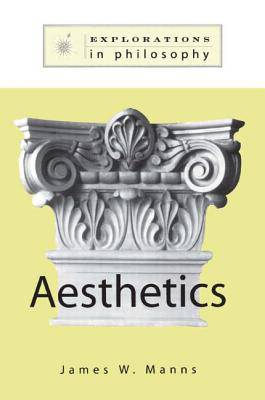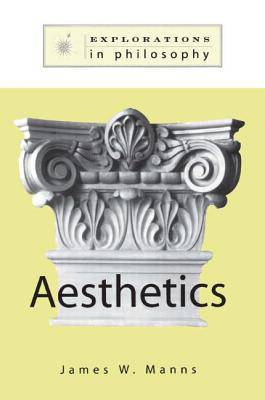
- Afhalen na 1 uur in een winkel met voorraad
- Gratis thuislevering in België vanaf € 30
- Ruim aanbod met 7 miljoen producten
- Afhalen na 1 uur in een winkel met voorraad
- Gratis thuislevering in België vanaf € 30
- Ruim aanbod met 7 miljoen producten
Zoeken
€ 79,45
+ 158 punten
Uitvoering
Omschrijving
James Manns presents a readable and entertaining examination of the most serious questions posed by the arts and our relation to them. In a clear and engaging fashion, he explores the central issues in aesthetics: aesthetic judgment, the nature and role of criticism, the elusiveness of the concept of art, and communication through art, and he critically (but sympathetically) considers that principal theories of art that focus on expression, form, and representation. Through the use of extensive, entertaining, and current examples (including film), Manns conveys the solid basics relating to the history and development of aesthetic theories, tries out these various theories against the art of the last half century, then outlines his own view revolving around the artist's intention and the act of communication.
Specificaties
Betrokkenen
- Auteur(s):
- Uitgeverij:
Inhoud
- Aantal bladzijden:
- 224
- Taal:
- Engels
- Reeks:
Eigenschappen
- Productcode (EAN):
- 9781563249549
- Verschijningsdatum:
- 31/08/1997
- Uitvoering:
- Paperback
- Formaat:
- Trade paperback (VS)
- Afmetingen:
- 154 mm x 228 mm
- Gewicht:
- 272 g

Alleen bij Standaard Boekhandel
+ 158 punten op je klantenkaart van Standaard Boekhandel
Beoordelingen
We publiceren alleen reviews die voldoen aan de voorwaarden voor reviews. Bekijk onze voorwaarden voor reviews.











